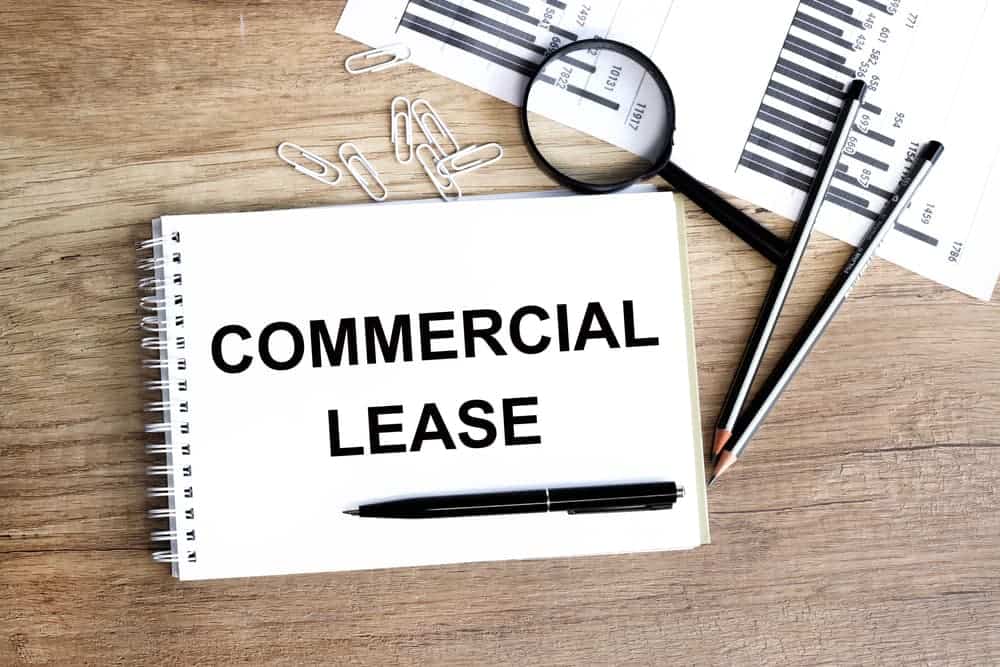< Back to latest news
The office availability rate for the UK has been steadily increasing since the third quarter of 2019, and it shows no sign of slowing down. The largest percentage increase has been in London; however, the rest of the UK has also followed a similar trend, spurred on, of course, by the COVID-19 pandemic.
Social distancing and special government laws and recommendations have led to an increased number of workers working from home. Yes, it results in more autonomy, an increase in remote work, happier workers, and readily accessible leadership. But with more staff working remotely, many companies’ need for office space is significantly shrinking.
Because of the unforeseen nature of the severity of the Coronavirus outbreak, working from home is becoming much more the norm, and businesses are finding that the premises they lease are now simply far too big. But what can you do about it? One answer is to look for potential break clauses in commercial leases.
What exactly are Break Clause Commercial Leases?
Break clauses are something that is written into a lease document enabling either the client or the tenant to end the lease before its expiration date. It can come into effect on one or more specific dates, or in some instances, can be exercised any time during the term of the lease.
Although in theory, this might sound relatively easy, in practice, any tenant attempting to exercise a break clause could find it quite difficult if it is subject to a number of preconditions.
One has to bear in mind that in today’s marketplace, and given the presence COVID-19 situation, landlords are feeling the pinch, both in terms of loss of rent and the potential vacating of premises.
It means that they are much more inclined to scrutinise the provisions of any break clauses in commercial leases in an attempt to forestall the tenants from taking an easy out. It will therefore come as no surprise to discover that this tussle between landlord and tenant now provides a rich source of litigation.
Conditions of Notice
In some instances, a break clause will detail the exact way that a break notice must be made, and could dictate particular requirements regarding the method of service. Where a break clause doesn’t contain specific provisions in terms of the service charges, a lease has to be carefully read to understand exactly how any notice should be served under the provisions of general notice.
The other thing that tenants should be aware of before entering into lease agreements, is the correct amount of notice that should be given. On occasion, this may not be expressly stated (regardless of whether a break clause is or isn’t included) and can catch a tenant out unawares.
Typical Break Clause Preconditions
Listed below are three of the most common preconditions that are often attached to break clauses in commercial leases.
1. A tenant must be up to date with all rent payments due under the lease.
2. A tenant has to have complied with all covenants included in the lease.
3. A tenant must grant the landlord vacant possession.
Although the points stated above may seem fairly straightforward, there could be complex side issues, and to fully understand these you need to take independent, professional advice.
With the future looking bleak in terms of an early end to the Coronavirus outbreak, more and more business owners are finding themselves between a rock and a hard place. Diminishing revenue, sustained wage bills, and uncompromising leases for premises that are now too large, are threatening the very viability of businesses.
Getting Help
Anyone who finds themselves in this situation and who needs help to exercise break clauses in commercial leases should seek professional legal help. Contact us today for more information.







